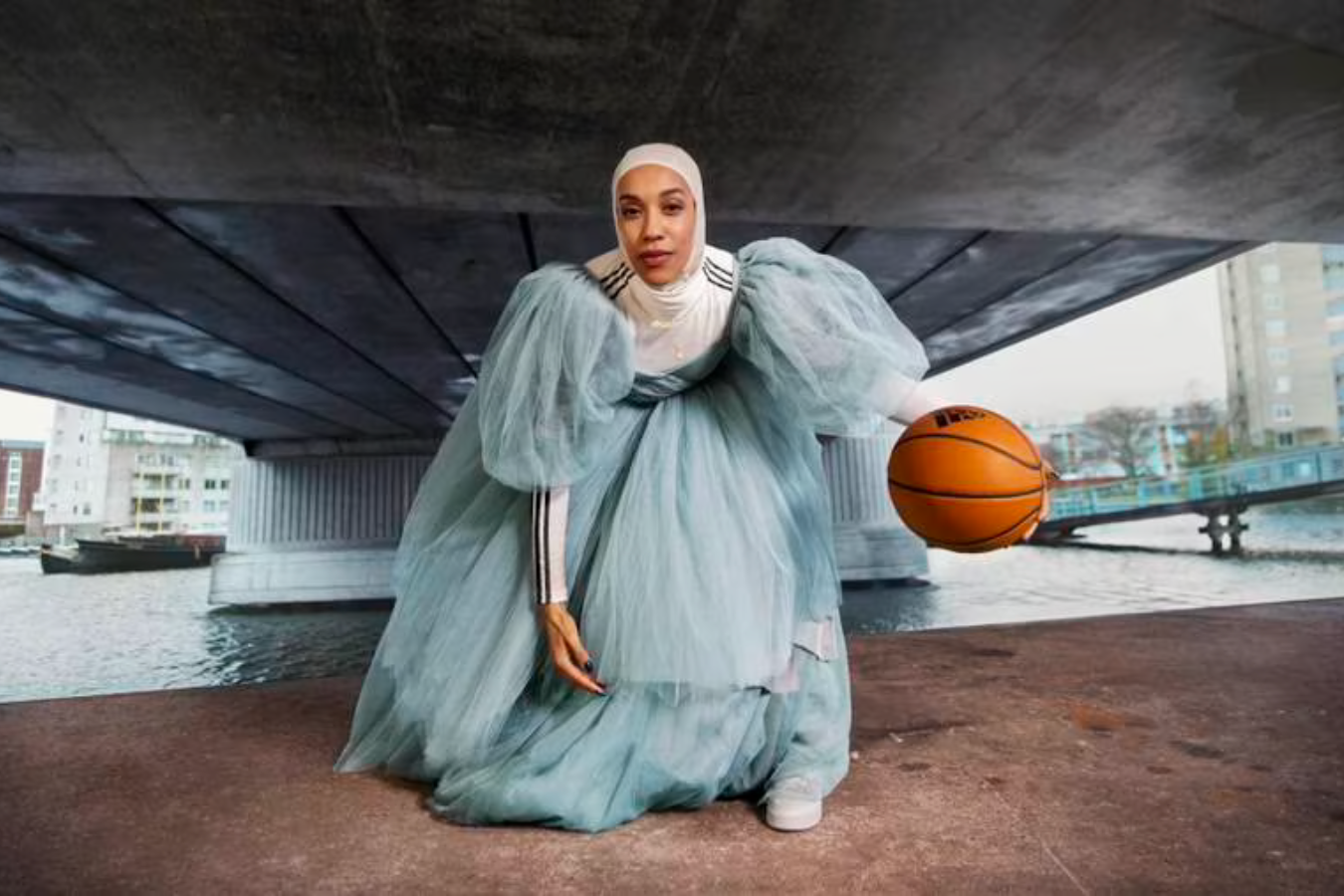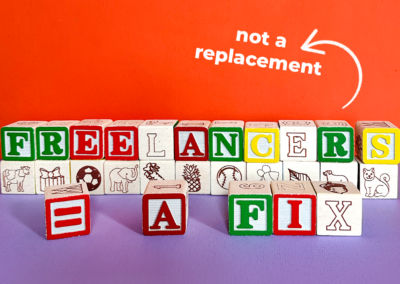Multicultural marketing is a strategy that recognizes and celebrates the diversity of cultures within a society, and tailors marketing efforts to effectively reach and engage with specific communities.
In the United States, the evolution of multicultural marketing has been a necessary response to the changing demographics of the country. Historically, the American market catered to generic white American audiences (predominantly Christian and/or of Anglo-Saxon background), and marketing campaigns were created with a one-size-fits-all approach.
However, with social change and an increasingly diverse U.S. population, there’s been a shift in marketing strategies toward targeting specific communities with diverse lived experiences, intersectional experiences, and marginalized backgrounds. This has become increasingly important for companies looking to effectively reach and engage with these communities, and it has paved the way for more inclusive marketing practices that celebrate the rich diversity of the American population.
Why it’s important for marketers to have a multicultural focus in their campaigns
According to research by Iterable, “75% [of consumers] agreed that they’re more likely to purchase from a brand when people who look like them are represented in their ads.” But the typical American-normative character or story in commercials and advertising campaigns doesn’t resonate with all Americans. That’s why intersectionality and the representation of relatable lived experiences are needed, so that consumers can feel seen, heard, and understood in marketing content. You want people to say, “I believe in this brand because it represents my story, my lived experience and my identity in a respectful way.”
A globalist’s view on multiculturalism
I’m an immigrant in the United States who speaks five languages and comes from an Arab background with Caribbean influences. I’ve worked in major cities in Saudi Arabia, Dubai, and Lebanon on advertising campaigns that catered to the Middle East, North African, and European markets. My views on multicultural marketing are slightly different from many marketers who were born and raised in the U.S. and have worked on multicultural marketing campaigns.
Because of my background, I emphasize the importance of foreign lived experiences and understand that there’s a major influence of diverse communities from global backgrounds in the U.S., especially in metropolitan cities like New York, Los Angeles, D.C., and Chicago.
For example, targeting the Black Community (singular) is not enough. Marketers should understand that there are many lived experiences within multiple Black communities.
Take into consideration:
- Black Americans raised in the southeast as opposed to those who were raised in the northeast
- Africans who recently migrated from their home countries, speak different languages and see their experiences through the lens of the diaspora
- West Indian Black people who live in the U.S.
The same goes for LatinX individuals who were raised in America versus those who recently migrated, and the difference of culture and language you’ll find between people from the Dominican Republic and Puerto Rico, or Cuba and Colombia—all of this on top of distinct family and heritage traditions.
As marketers, doing research and immersing yourself in multiple communities is vital to understanding the different consumer insights within these communities.
Examples of multicultural marketing: successful and insightful community campaigns
P&G: “The Talk”
Target market: This PSA is intended for the mass market but particularly for non-Black individuals who may be unaware of the discrimination and dangers Black American kids face in their daily lives. Secondarily, the campaign targets Black families, to encourage them to talk with their children about biases they may face in their lives.
Impact: In this campaign, P&G are not selling their products, nor do they need to. Instead, they are using their platform as a big consumer brand and educating their mass audience about a specific cultural insight from a community that needs to be heard, understood and advocated for.
The company is also demonstrating solidarity with and investment in Black families. They acknowledged that using their worldwide and popular platform to amplify these narratives would be a thoughtful and purposeful step to serve Black communities.
This ad demonstrates that culture-specific marketing doesn’t always need to sell a service or a product. Marketing can also take the form of PSAs and educational campaigns that inform the mass audience about specific cultural behaviors and experiences of a community, while also expressing the brand’s values.
Adidas: “I’m Possible”
Target market: Muslim women athletes
Impact: In recent months, a huge billboard in Times Square featured British-Sudanese basketball player Asma Elbadawi for Adidas’ “I’m Possible” Campaign (produced by Impact BBDO – a MENA-based ad agency).
A few other sports brands such as Nike have shown women in hijab in their e-commerce visuals as well as certain shots in commercials. But the way the “I’m Possible” campaign features and relates to an Arab audience is eye-opening: not only do Muslim girls and women relate to Elbadawi, but so do Black and Arab women, and anyone who wears a hijab as part of her cultural and/or religious tradition.
The campaign was also localized showing the Adidas logo and the phrase “ما عندي مستحيل,” which is the Arabic translation/localization of the brand’s English slogan. The main takeaway from this campaign was Adidas’ spot-on representation of Black Muslim women who are active in sports, and how they break the stereotype of what people may think about this particular community.
Degree: “Dear Fitness Industry”
Target market: Athletes living with disabilities
Impact: Degree partnered with Edelman to promote an open letter in The New York Times as well an out-of-home campaign addressing the lack of inclusion of people with disabilities in the fitness industry.
The campaign enlisted popular athletes (like Paralympian Blake Leeprr) who live with a disability. It also presented compelling data and organized a first-ever pop-up cycling class that invited all people to witness the leadership of disabled athletes and their ability to perform at a top level. The campaign faced the issue head on and called out the root of the problem without sugar coating or “playing nice.”
Mistakes to avoid with multicultural marketing
The examples above provide good insight into what you should do when approaching campaigns from a multicultural lens. But there are also some things to avoid if you want to run a successful multicultural campaign. Here are three important “don’ts”:
- Don’t take a generic approach and assume to target the mass audience. This strategy will miss potential opportunities that come along with segmented campaigns targeting more specific audiences.
- Don’t have a team lead who is NOT representative of the particular community you are targeting. And, remember that a single person can’t represent an entire community or culture—you must have multiple voices at the table.
- Don’t use only visuals of people of color who fit the “norm” or the typical “model” look (which is often defined by White American/European standards of beauty). You should really understand that beauty in commercials and marketing content comes in different forms, shapes, and sizes.
3 steps for hiring an agency or team to create a barrier-breaking multicultural marketing strategy
When approaching an ad agency or marketing firm to work on your campaigns, consider the below steps:
- Check whether the agency has a wide and diverse pool of talent from multiple underrepresented backgrounds and unique experiences.
- Review the work this agency has produced and examine whether their portfolio showcases an insightful, barrier-breaking approach to marketing campaigns rather than a generic one.
- Ask the agency leaders if they will appoint the right people to work on the campaigns: talent who represent the target market or have strong immersion into this community and bring a range of perspectives to the campaign.
Remember that multicultural marketing is modern marketing, and considering the different backgrounds of your existing and potential customers is a key element of any successful marketing strategy. With the right people in the room (those who deeply know or are part of your target market), you’ll be able to create impactful campaigns that build your brand in meaningful ways.




